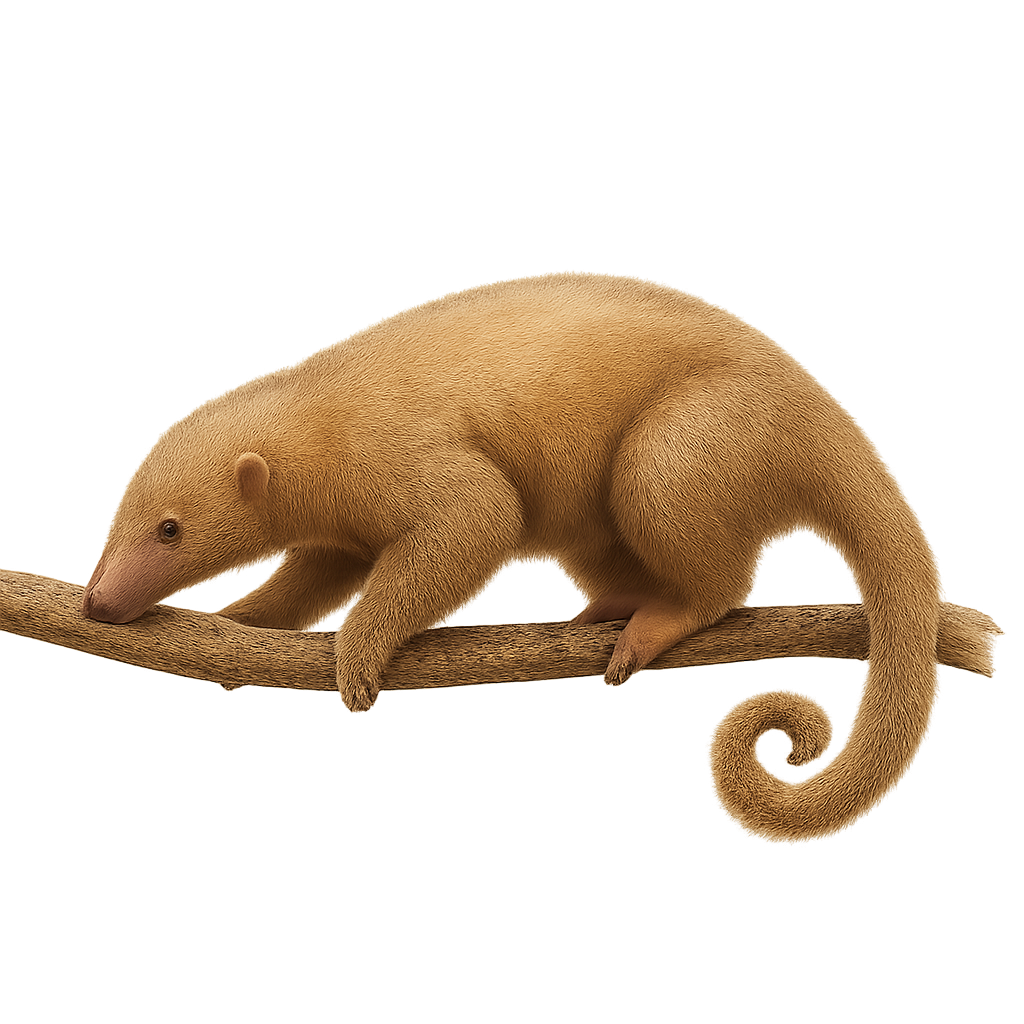Your wildlife photography guide.
Explore the pygmy anteater in detail, study its behavior, prepare your shots.
Where to observe and photograph the pygmy anteater in the wild
Learn where and when to spot the pygmy anteater in the wild, how to identify the species based on distinctive features, and what natural environments it inhabits. The WildlifePhotographer app offers tailored photography tips that reflect the pygmy anteater’s behavior, helping you capture better wildlife images. Explore the full species profile for key information including description, habitat, active periods, and approach techniques.
Pygmy anteater
Scientific name: Cyclopes didactylus

IUCN Status: Least Concern
Family: CYCLOPEDIDAE
Group: Mammals
Sensitivity to human approach: Very shy
Minimum approach distance: 3 m
Rut period: February to March
Gestation: 120-150 jours
Births: June to July
Habitat:
humid tropical forests and canopy
Activity period :
Mainly active at night, generally discreet during the day.
Identification and description:
The pygmy anteater (Cyclopes didactylus) is a small nocturnal arboreal mammal, measuring 36–45 cm in total length (including a 15–20 cm prehensile tail) and weighing 175–400 g. Its dense, silky golden‐brown fur with subtle darker mottling provides effective camouflage in humid tropical forest canopies of Central and South America. It feeds exclusively on arboreal ants and termites, captured with its long sticky tongue. Breeding occurs year‐round; females give birth to a single young after a 120–150‐day gestation, usually between September and November. Solitary and highly secretive, it shelters in tree crevices or abandoned bird nests and uses harsh calls for communication.
Recommended lens:
Macro – adjust based on distance, desired framing (portrait or habitat), and approach conditions.
Photography tips:
To photograph the pygmy anteater, set up a low-hide adjacent to tree trunks at the canopy edge. Use a 100–150 mm macro lens on a monopod to reduce shake and employ a ring flash or soft diffuser for even illumination without startling the animal. Choose aperture f/8–f/11 for adequate depth of field, shutter speed of at least 1/200 s, and ISO 800–1600 depending on ambient light. Remain silent and patient, capture in RAW, and favor twilight hours when individuals are most active to highlight their silky fur texture.
The WildlifePhotographer App is coming soon!
Be the first to explore the best nature spots, track rutting seasons, log your observations, and observe more wildlife.
Already 1 431 wildlife lovers subscribed worldwide

